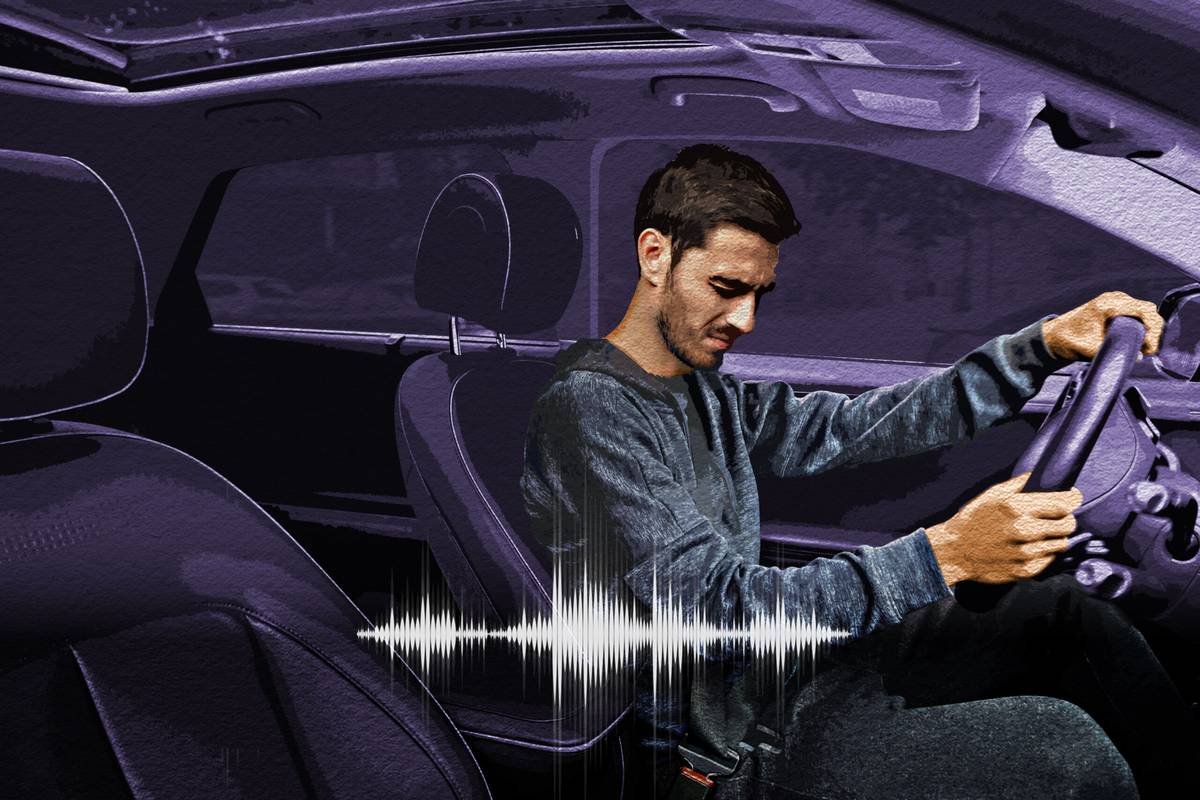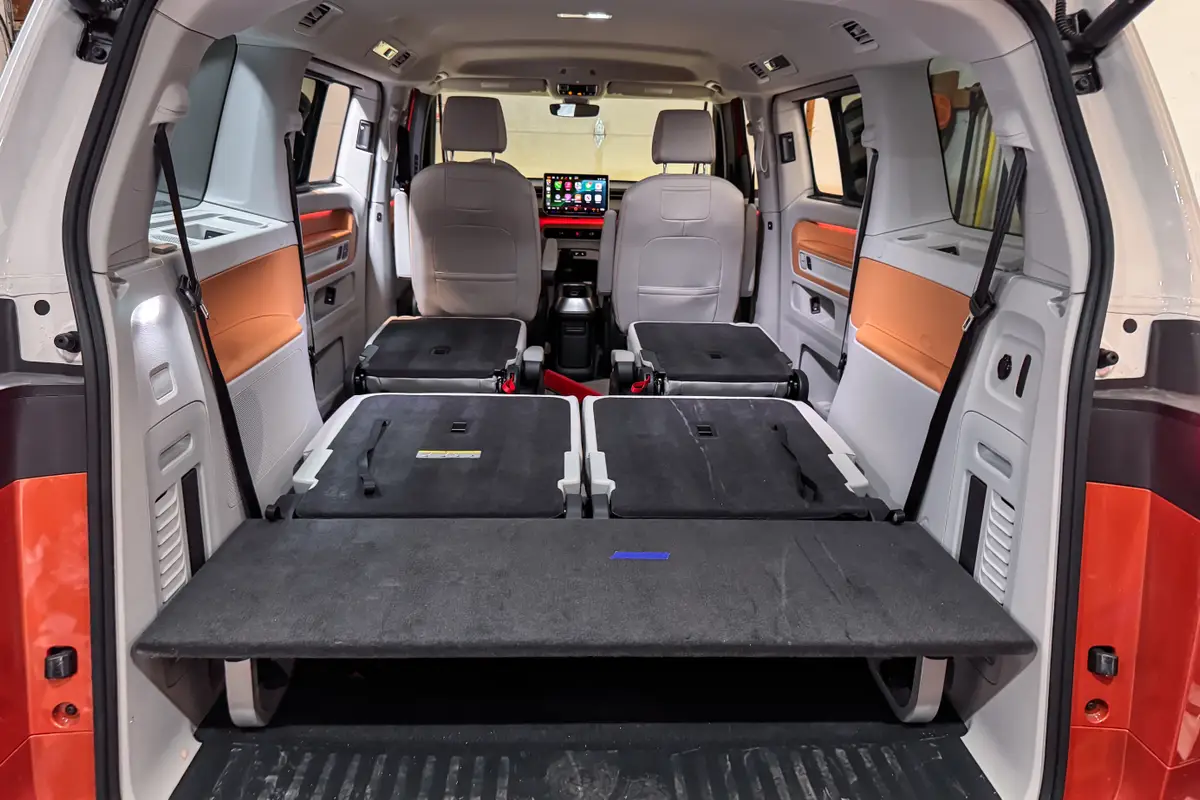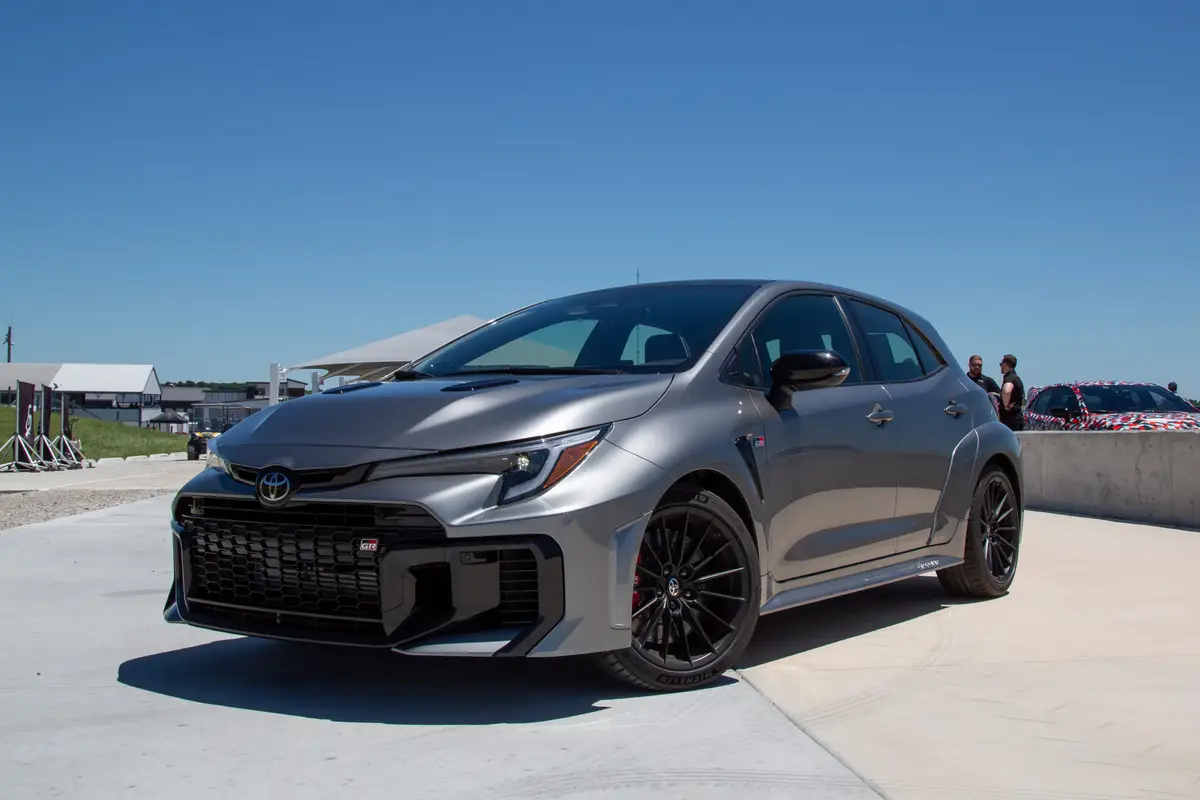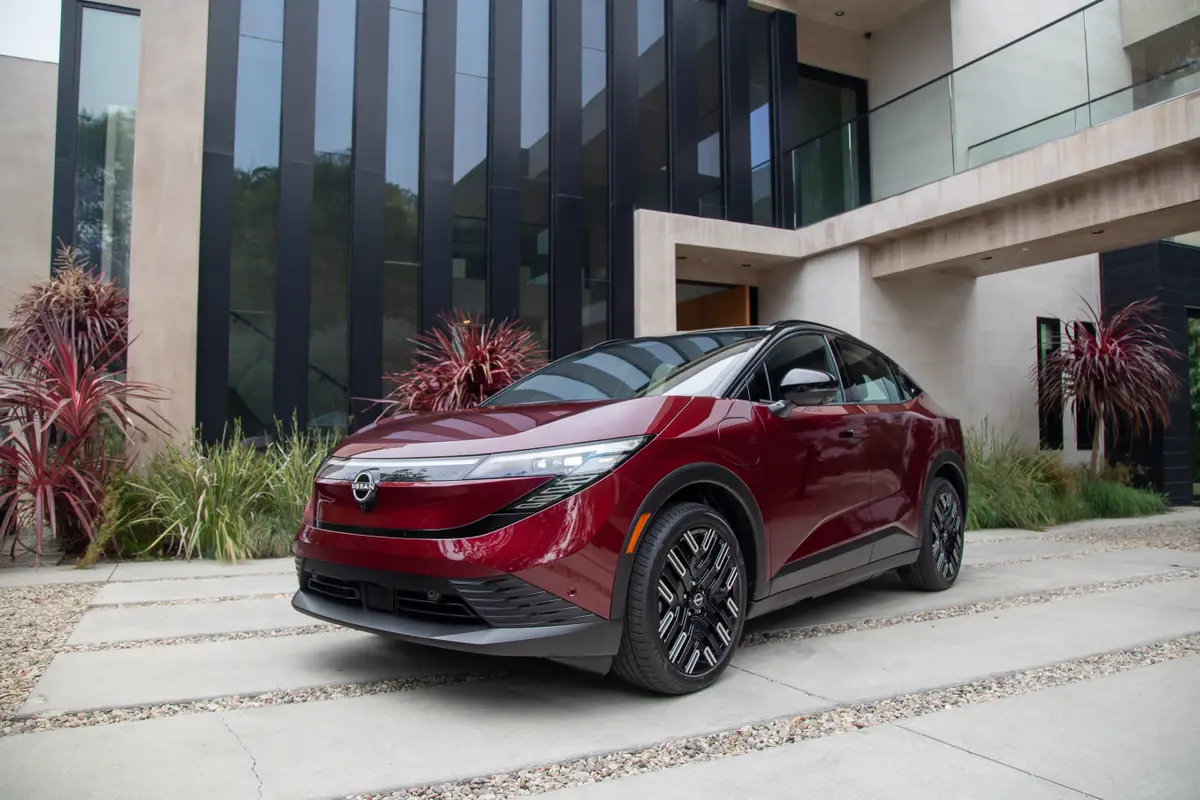Why Does My Car Make a Squealing Noise?

Besides being annoying, a squealing noise from your car is an indication something is wrong. While tracking down the source of the squeal can be difficult, a good place to start is by identifying the circumstances under which the squeal occurs.
Related: Why Is My Muffler Rattling?
Most Common Scenarios
The following are instances when you may hear a squeal coming from your car:
- The squeal is heard after starting the engine and continues for a minute or so. It may also squeal when accelerating away from a stop or while making turns.
- The squeal is almost always heard, and it varies with engine speed.
- The squeal is heard when the steering wheel is turned (and no, the squeal is not coming from the tires).
- The squeal is heard while braking.
- The squeal is almost always heard while driving, and it varies with road speed.
- The squeal is heard when the air conditioning is on.
- The squeal is heard over bumps.
After Starting the Engine, Under Acceleration or When Turning
One of the most common sources of a squeal is a slipping serpentine belt. The belt is driven by the engine and drives various engine accessories, such as the alternator, water pump, power-steering pump and air-conditioning compressor. The belt may slip and squeal when it’s being put under more load, such as after starting the engine, when accelerating away from a stop or while making turns.
If you can see and get to the serpentine belt, which is typically about an inch wide and runs along the front of the engine, a visual check of it — while the engine is not running — can be telling. While the outside of the belt is smooth, the inside has multiple ribs that run along its length; if the inside surface is shiny, that indicates the belt has been slipping, which can be the source of your squeal. (If there are cracks across the ribs, the belt is old and due to be replaced.)
However, there’s likely a reason the belt is slipping, and it may not be simply from old age. Many belts are kept tight by a spring-loaded tensioner pulley, and sometimes the pulley loses its tension. A bearing in the pulley itself can also fail and cause a loose belt. Another possibility is that an accessory the belt is turning, such as the alternator, is locked up.
One thing you can do to determine if a slipping belt is causing the squealing is to start the engine, and if you hear the squeal, spray water on the inside of the belt, being careful to avoid spinning components. If the squeal goes away, it may well be coming from the slipping belt; if it doesn’t go away, it doesn’t necessarily mean the belt is not slipping. However, even if the squeal does go away, this won’t pinpoint why the belt is slipping.
Varying With Engine Speed
If the squeal is almost always heard and varies with engine speed, it, too, could be from a slipping belt or the bearing in the tensioner pulley. The squeal could also be caused by a bearing in anything the serpentine belt turns. Unfortunately, isolating which is the culprit can be tricky, as many of the accessories are difficult to access. Furthermore, some tests will need to be done with the engine running, and you have to be very careful around spinning components and the moving belt — you really don’t want to pinch your fingers or catch your clothes between the belt and one of its driven pulleys. The cooling fan is another source of danger, as it may be stopped and then start spinning as the engine warms up.
If the water pump bearing is bad, there will sometimes be a drip of coolant (usually green or orange) underneath the car, as the worn bearing can let coolant escape. Also, if you’re able to grab the water pump’s pulley with the engine off and rock it a bit side to side, any looseness indicates a worn bearing.
Outside of that, the water pump and other accessories are best checked with the engine running. This is where it can get tricky (and possibly dangerous), so it might be best left to a professional. If you can see at least some of the accessories’ pulleys, check to make sure they’re turning when the engine is running. Any pulleys that aren’t turning (except for the air-conditioning compressor’s, which will only turn if the air conditioning is activated) indicates that the accessory is probably locked up.
You can also learn a lot just by listening. Some accessories might be above or to the side of the engine where they’re fairly easy to access. If that’s the case, you can try just using your ears, but that would mean putting your head down next to spinning components. A far better way to isolate which accessory might be producing the squeal is to use a mechanic’s stethoscope, which looks like a doctor’s stethoscope but with a long rod at the end instead of a circular pad. Lacking that, you might put one end of a long pry bar or a roughly 2-foot length of hose against the accessory and the other end against your ear.
More From Cars.com:
- Why Does My Car Vibrate While Driving?
- What Is a Misfire and What Causes It?
- What Problems Do Worn Suspension Bushings Cause?
- Car Clicks When Trying to Start? 5 Common Causes
- More Service News
While Turning the Steering Wheel
If the squeal is heard when the steering wheel is turned and is not coming from the tires, it’s likely either a slipping belt or something wrong with the power-steering pump, as the pump only has to “work” when the steering wheel is turned. A good test to rule out anything else that rotates only when driving, such as the brakes or wheel bearings, is to turn the steering wheel when the vehicle is stationary.
Another possibility is a bad wheel bearing. At first, the wheel bearing may squeal only when the weight of the car shifts to that side in a turn, though it may squeal all the time. This will only occur while driving.
Under Braking
A squeal heard while braking is most likely due to worn brake pads — or more specifically, the sensors built into the brake pads that audibly alert the driver when the brake pads are worn. It may also be caused by a faulty caliper, which squeezes the pads against the spinning rotor, or some small clips that hold the brake pads to the caliper. In some cases, it’s not that any components are bad, it’s just that there’s a vibration occurring that shouldn’t be — which can often be fixed simply by applying some antisqueal compound to the back of the affected pads. (Note that the brakes can also squeal any time the car is moving, not just under braking.)
Varying at Road Speed
As mentioned above, a squeal that’s almost always heard while driving and varies with road speed can be the brakes or a bad wheel bearing. Other possibilities include something (e.g., a piece of sheet metal) rubbing against a part that’s spinning (e.g., a drive shaft) while the car is being driven.
With the Air Conditioning On
Though a squeal heard when the air conditioning is on would certainly point to the air-conditioning compressor, its pulley or a slipping serpentine belt, it’s difficult to tell when the air conditioning compressor has been called into use. If you have automatic climate control, the compressor will kick on and off as needed. In cooler weather, it may also kick on when the climate system is in the defrost mode. In warmer weather, you can usually force the air conditioning to turn on by setting the desired temperature to its lowest setting and making sure it’s turned on.
Over Bumps
As a squeal heard over bumps would be for a short duration, it would more likely be described as a “squeak” than a “squeal.” In this case, the squeal may be caused by a worn bushing (often rubber), shock absorber or strut in the suspension system.
If none of those seem to be the culprit — or you can’t verify that they aren’t — it’s time to call in a professional.
Related Video:
Cars.com’s Editorial department is your source for automotive news and reviews. In line with Cars.com’s long-standing ethics policy, editors and reviewers don’t accept gifts or free trips from automakers. The Editorial department is independent of Cars.com’s advertising, sales and sponsored content departments.
Featured stories




